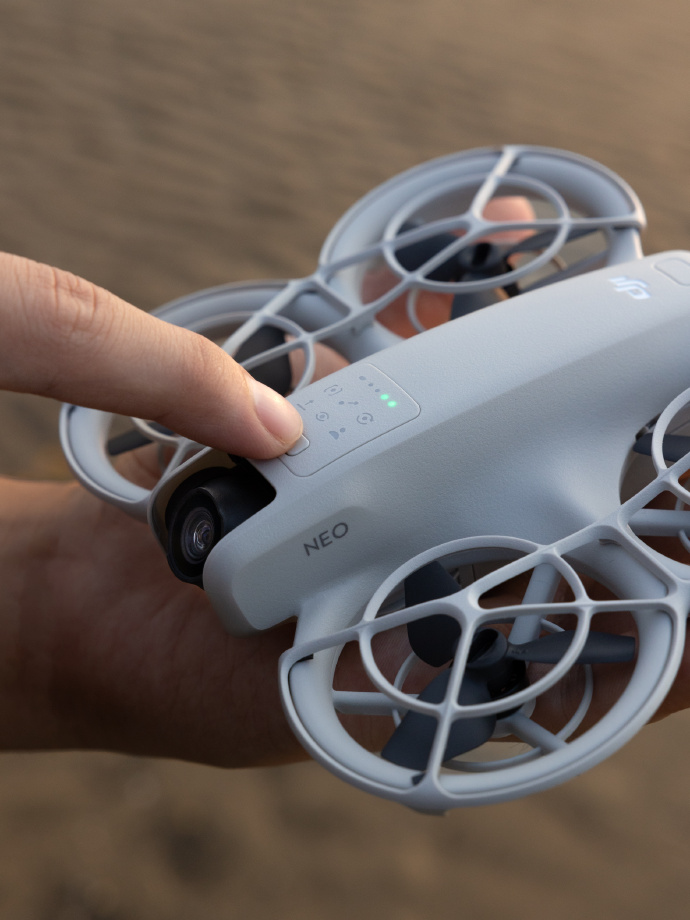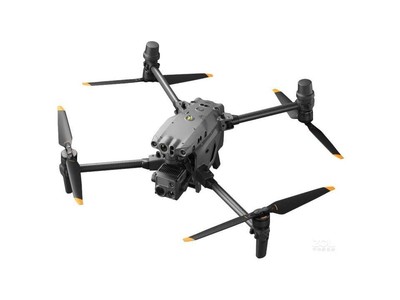The drone bee, a vital component of the bee colony, plays a unique and intriguing role in the ecosystem. To understand the life cycle of this remarkable creature, it’s essential to delve into its specific characteristics, function, and development stages within a hive. These elements combine to create a complex and fascinating portrait of the drone bee’s existence.
The Uniqueness of the Drone Bee
Unlike the worker bees and the queen bee, the drone bee is male and primarily serves one purpose—to mate with a queen bee. The development of a drone starts from an unfertilized egg, which is unique to its biology, as the queen’s worker bee offspring are from fertilized eggs. Drones are incapable of stinging and known for their larger bodies and a more cylindrical shape.
Stage 1: The Egg
The life of a drone bee begins when the queen lays an unfertilized egg in a slightly larger cell reserved for drones. Within three days, this egg hatches into a larva. Beekeeper enthusiasts often recognize the distinct, bulbous appearance of these drone cells in comparison to those of worker bees.
Stage 2: Larva

As larvae, drone bees are nurtured meticulously by worker bees, receiving a diet initially composed of royal jelly, followed by pollen and honey. This growth phase spans approximately 6-7 days, after which the worker bees cap the cell, allowing the larva to spin into a cocoon and begin the next phase of development.
Stage 3: Pupa
During the pupal stage, transformation is profound. Over the course of about 14 days, the drone bee develops wings, legs, eyes, and other bodily features, culminating in a fully formed adult bee. This transformation underscores the intricate processes inherent in the bee life cycle.
Stage 4: Adult Drone
Emerging from their cells, drones are quickly recognizable by their large eyes, used for spotting queens during mating flights. Drones do not participate in typical hive chores like foraging or hive defense; instead, their primary role is to be ready for mating opportunities. Often gathering in specific areas known as drone congregation areas, they await the presence of a queen looking to mate.
Mating and Survival
The primary purpose of the drone bee is to reproduce with a queen, ensuring genetic diversity and the proliferation of the hive. Drone bees bravely pursue queens mid-flight, and successful mating results in the drone’s death. Those not selected by queens return to the hive, where they are tolerated only during the abundance of summer. As resources dwindle in autumn, worker bees may evict drones to preserve food stores.
The Role of Drones in the Hive

Drones provide genetic diversification through mating, playing a critical role in the health and vitality of future generations. However, their lack of defensive and foraging capabilities highlights their specialized evolution. The cyclic nature of their presence in the hive underscores the dynamics of bee ecology and survival strategies.
Frequently Asked Questions
Q: Why can’t drone bees sting?
A: Drone bees lack a stinger, as their physiology is primarily designed for mating. Unlike worker bees, their role doesn’t involve colony defense.
Q: What happens to drones in the winter?
A: Typically, drone bees do not survive the winter. They are expelled from the hive as food resources become scarce, as maintaining them doesn’t benefit the colony during non-breeding months.
Q: How can beekeepers manage the number of drones in a hive?
A: Beekeepers can control drone population by managing the size of drone cells and ensuring that resources are focused on producing more worker bees instead of excess drones.